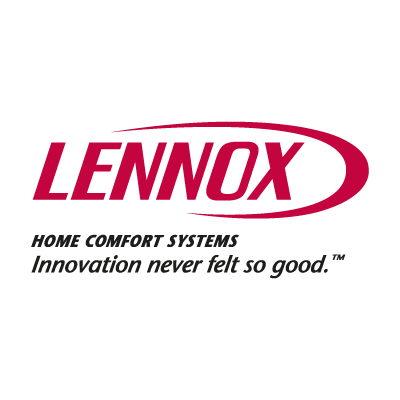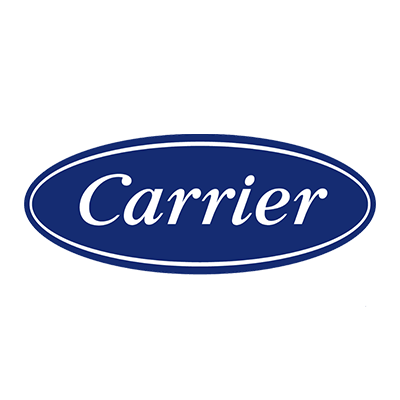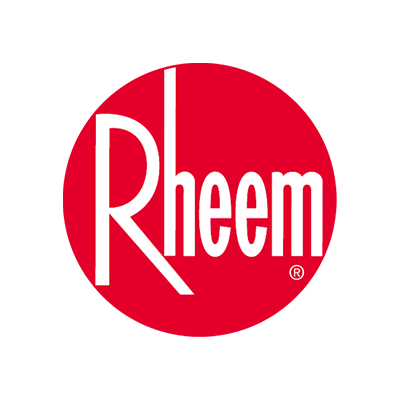FAQs
During the cooling season, most homeowners keep their thermostat set between 76-78 degrees. During the heating season, most homeowners keep their thermostat set between 68-72 degrees. Any setting will work. The system is designed to keep you comfortable, but please keep in mind that varying from these settings will affect your utility bills.
- Seer – Seasonal Energy Efficiency Ratio. This is a system for rating the efficiency of cooling equipment. It is calculated by dividing the cooling capacity of a continuously operating air conditioner by the electric power input. The higher the SEER rating, the less the unit will cost to operate.
- AFUE – Annual Fuel Utilization Efficiency. This is a measure to determine the efficiency of a furnace and boiler. It is seasonal energy efficiency of fuel heating equipment.
- HSPF – Heating Seasonal Performance Factor. This is similar to the SEER rating, except it measures the efficiency of the heating portion of the heat pump.
- db – Decibel. A term to describe the relative loudness of a sound. Typically, heat pumps and air conditioners are between the sound of human voice (67 db) and blender (80 db).
The need to replace or clean filters is a function of many variables such as run time, efficiency, size and type. Typically, low-efficiency disposable and permanent filters need to be replaced or cleaned every one or two months in peak heating and cooling seasons. Electronic air cleaner cells should be serviced at this frequency also.
- Disposable filters are generally made of coarse fiberglass mats in a frame mounted on a filter rack. They are often referred to as “throwaway” filters. Very large particles are collected by straining, as they are too large to go through the openings in the filter. Particles are also deposited on strands of the filter when they come in direct contact with one another. The filter efficiency increases as it fills with particles, until it reaches the point of saturation and begins to lose as many particles as it gains. The disposable filter’s capacity is limited to larger particles.
- Reusable foam or metal filters have slightly higher performance capabilities than disposable filters due to the use of oils and adhesives applied to the filter to cause the particles to adhere to them. They are washable and must be recoated after washing to obtain their efficiency for reuse. They are most effective on larger particles.
- Electrostatic filters have a means for electrically charging the filter or the entering particles, much like a magnet, to attract particles to the strands of the filter as well as collecting particles by straining.
- Pleated filters are constructed of fiberglass or synthetic fibers woven into a more dense material. The filter is arranged in V-shaped forms to increase the area of the filter material without increasing the face area. This increases the particle holding capability.
- Media air cleaner filters generally have an efficiency rating of 80% and above and are considered to be very effective at small particle removal. There are many models of media air cleaners ranging from 70% to 95% efficient.
- Electronic air cleaners are highly efficient filters that use an electrical charge to remove and collect particulate matter such as dust, smoke, pollen, etc. The charged particles are then attracted to each other and forced to a series of alternately-charged metal plates where they are collected. These cells must be periodically cleaned with detergent and hot water to maintain the efficiency of the collection. Generally they are used with a pre-filter to remove the large particles before entering the cells.
Prevent problems before they start.
- One of the best ways to avoid problems with your home comfort equipment is to prevent them from occurring. The best way to do that is scheduling regular maintenance. We are qualified to maintain all of your heating and cooling equipment year-round.
- Even the best equipment, if not properly maintained, can cause problems.
Benefits of Planned Maintenance.
Having your equipment serviced on a regular basis has many benefits for you, even the best equipment, if not properly maintained, can cause problems.
- Lengthens the life of the equipment by keeping it in good working condition.
- It maintains efficient operation which saves you energy dollars.
- It will save you money by eliminating costs of repairs and reducing any major repair expenses.
- It will establish you as a priority customer which will give you priority service on those really cold & hot days.
- Carbon monoxide in your home is an invisible threat to your safety, but it is a threat that is preventable. Cars and trucks, lawn equipment, water heaters, stoves, clothes dryers, furnaces, space heaters and other combustion appliances are some of the potential sources of carbon monoxide. Though designed to be safe and not produce carbon monoxide, home heating systems are only one of the many sources. In addition, negative pressure in your home coupled with improper combustion can lead to carbon monoxide entering your living space. Negative pressure can be caused by central vacuum systems, high volume kitchen range hoods, countertop range exhaust systems, bathroom exhaust fans and particularly fireplaces which can remove an enormous amount of air from your home when burning.
- Prevention is the most important step to take to reduce carbon monoxide problems.
- Scheduled maintenance by a qualified technician to check combustion appliances to make sure they are properly operating, and to be sure that all chimneys and vents are connected properly and not blocked, will ensure safety and efficiency.







